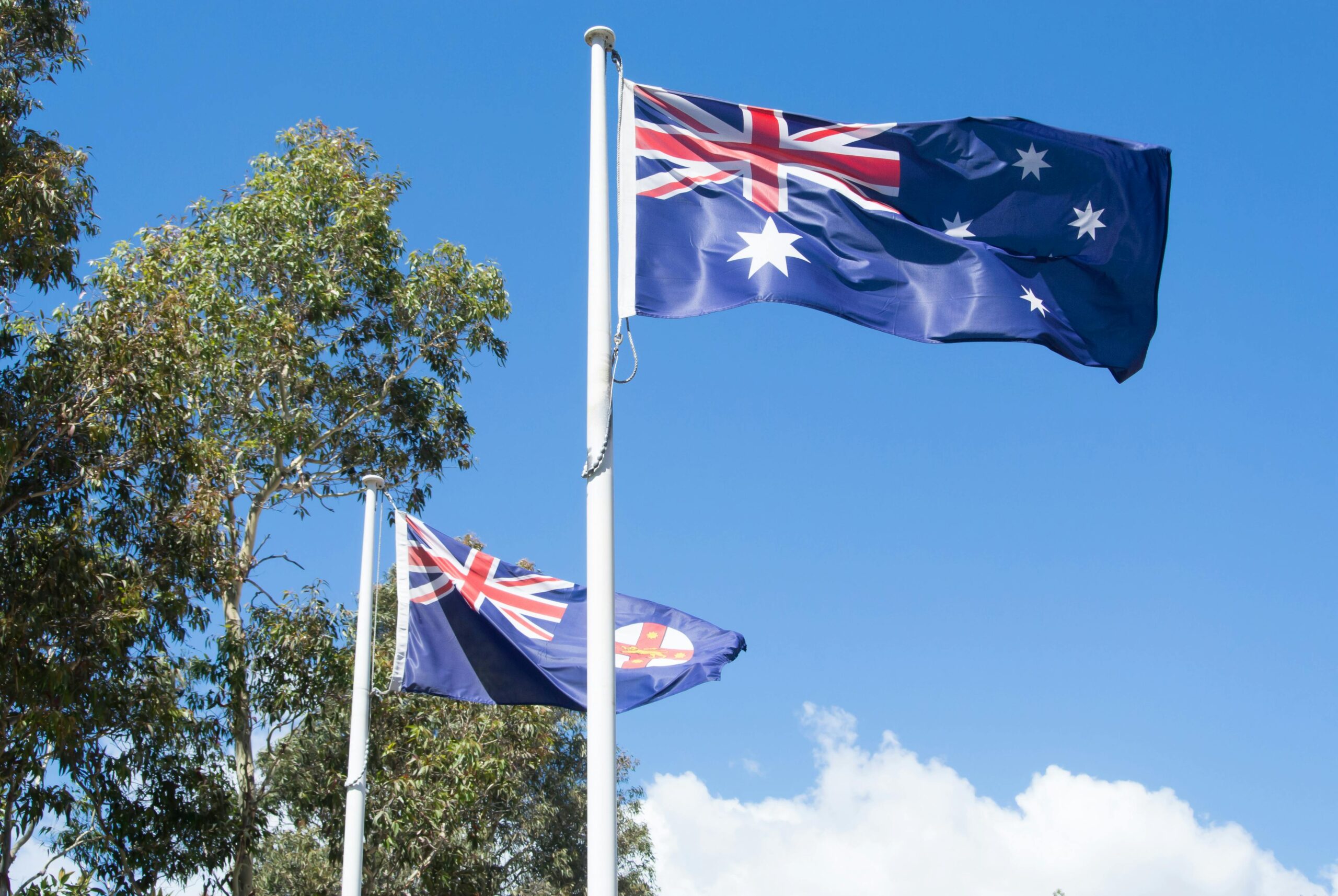Click here to join now
Australia is introducing tougher financial requirements for international student visas, as the government aims to manage a spike in migration and address issues of exploitation in the education sector.
Starting this Friday, the Australian government will require international students to prove they have savings of at least A$29,710 (approximately $19,576 USD) to qualify for a student visa. This update represents a significant rise from the previous requirement, which was increased just seven months ago to A$24,505 from A$21,041.
Also read Top 10 Reasons for Australian Student Visa Rejections in 2024
This change is part of a series of adjustments in the student visa policy, following the reopening of borders post-COVID-19 in 2022, which led to a rapid increase in migration. This surge has notably impacted Australia’s rental market, pushing up housing costs due to increased demand.
Besides financial requirements, the government has also tightened language requirements for these visas in March. New rules are also being put in place to prevent students from exploiting visa loopholes to extend their stays.
Also read Government Jobs in New Zealand with Work Visa 2024
The Australian government is actively combating unethical practices among education providers. Home Affairs Minister Clare O’Neil has taken action against 34 education providers suspected of engaging in dishonest recruitment tactics. These institutions are at risk of facing harsh penalties if found guilty of such practices.
Minister O’Neil was firm in her stance against corruption in the sector, stating, “Dodgy providers have no place in our international education sector. These actions will help weed out the bottom feeders in the sector that seek to exploit people and trash the reputation of the sector.”
Education for international students is a vital part of Australia’s economy, bringing in A$36.4 billion (about $24 billion USD) in 2022/23. Nevertheless, the high number of international students has been a double-edged sword, contributing to rising rental prices across the nation.
Also read Understanding I-130 Visa Processing Times: A Complete Guide for 2024
Recent data from the government shows that net immigration increased by 60% to a record-setting 548,800 in the year ending September 30, 2023. In response, the government is planning a substantial reduction in migration numbers, aiming to halve the current intake over the next two years.
“We are significantly reducing migration levels – we are in the middle of the biggest drop in migration numbers in Australia’s history, outside of war or pandemic,” said O’Neil.
These regulatory changes reflect Australia’s commitment to maintaining a balanced approach to international education and migration, ensuring it supports the economy while addressing societal needs.

